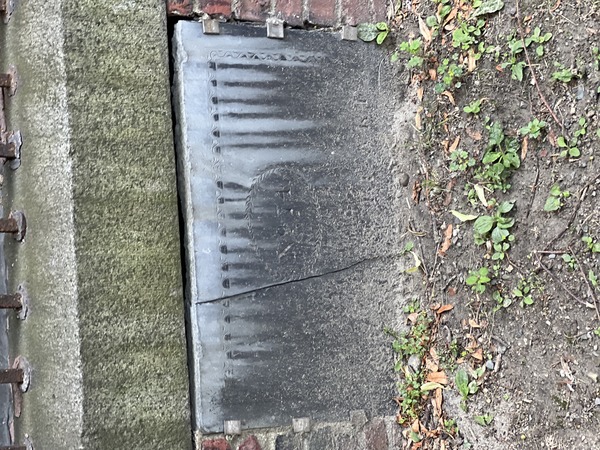Increase BLAKE
SAR Patriot #:
P-328037
The following information was assembled from numerous sources and cannot be used directly as proof of Qualifying Service or Lineage.
It is considered a research aid and is intended to assist in locating sources that can be used as proof.
State of Service: MA
Qualifying Service: Civil Service
DAR #: A010953
Birth: 28 Oct 1726 Boston / Suffolk / MA
Death: 28 Feb 1795 Worcester / Worcester / MA
Qualifying Service Description:
UNDERKEEPER OF JAIL, 1780
Additional References:
THE GILDER LEHRMAN INST OF AMER HIST, 1763-1783, AMER REV, BLAKE INCREASE PRISONERS IN WORCESTER GAOL, #GLCO1412.64.14
Spouse: (1) Anne Crafts; (2) Elizabeth Bridge
Children: James; Thomas Dawes; Richard Brooks;
Members Who Share This Ancestor
| Date Approved | Society | ACN | SAR Member Info | Lineage via Child | View Application Detail | |
|---|---|---|---|---|---|---|
| 2004-02-17 | OH | 18832 | James Burr Blake (162057) | James | ||
| 2015-03-09 | AZ | 62882 | Harold George Knowlton II (193925) | James |
Location:
Boston / Suffolk / MA / USA
Find A Grave Cemetery #:
Grave Plot #:
Gray and Blake Tomb Number 74
Grave GPS Coordinates:
Find A Grave Memorial #:
Marker Type:
SAR Grave Dedication Date:
Comments:
Photo used with permission of Compatriot Mitchell Anderson, 229001, KYSSAR
Directions to Cemetery / Gravesite:
From Logan International Airport: Continue to Airport Rd - Departure Level. Get on MA-1A S. Continue on MA-1A S. Drive to Tremont St, .2 miles
